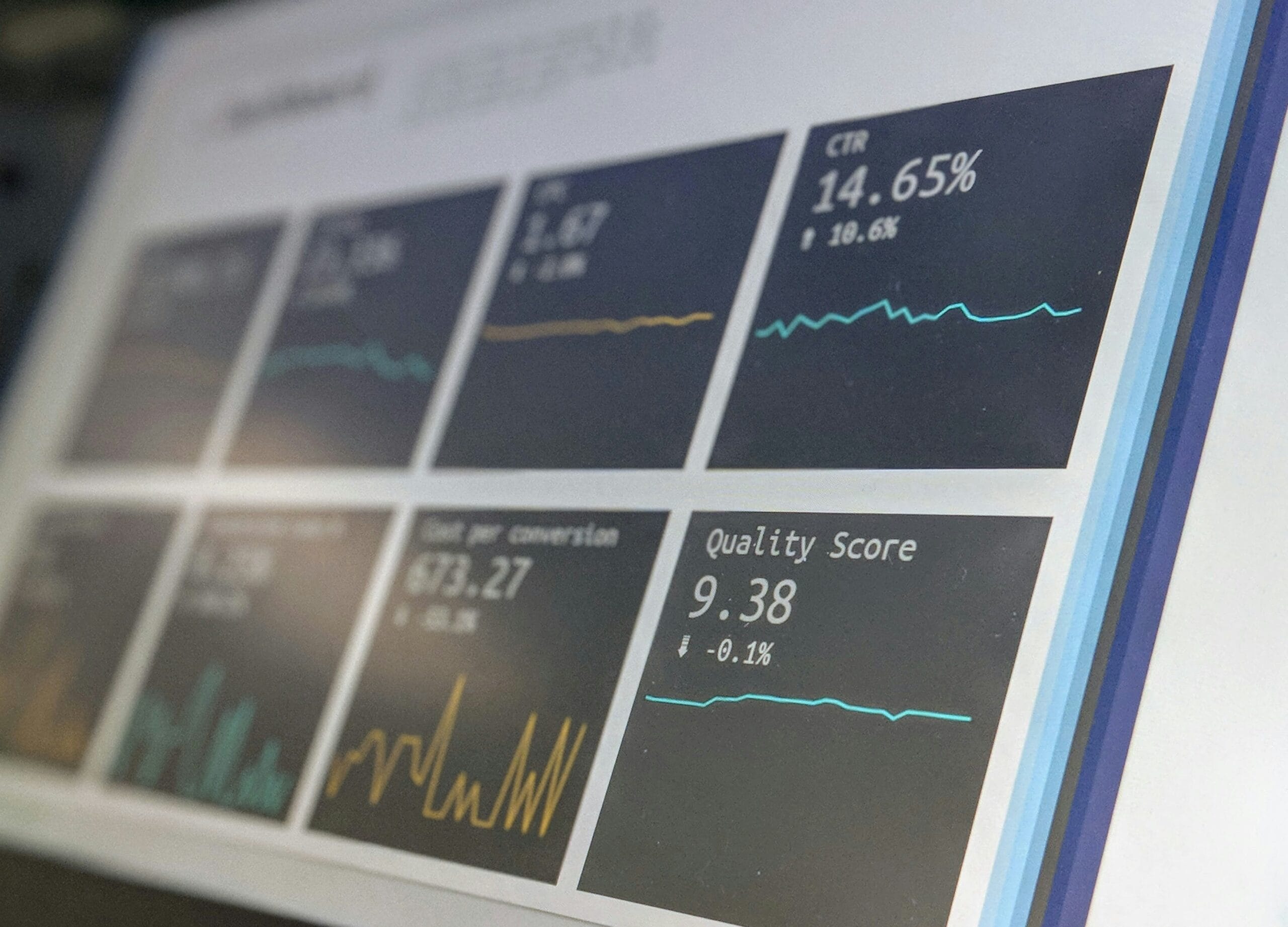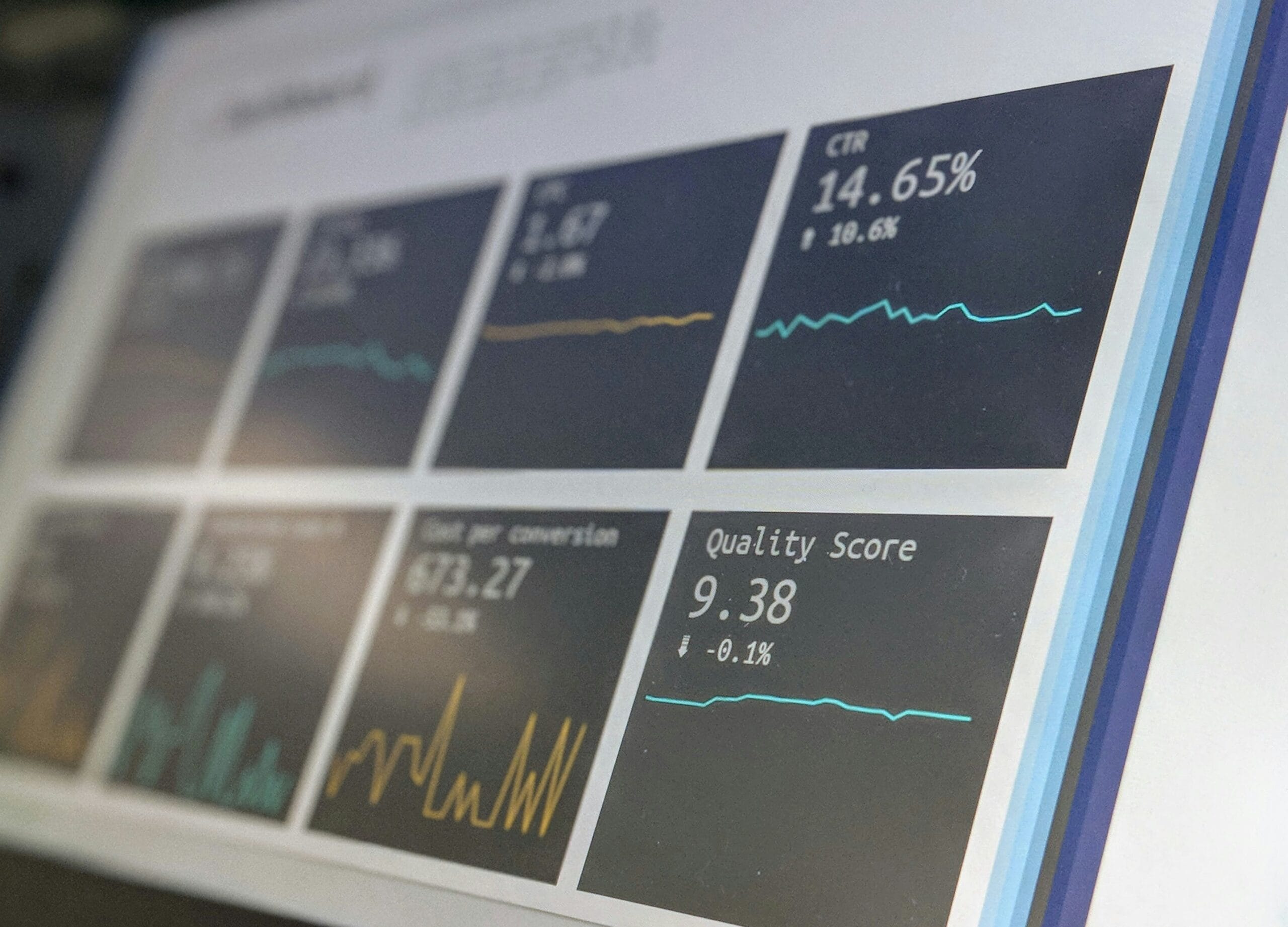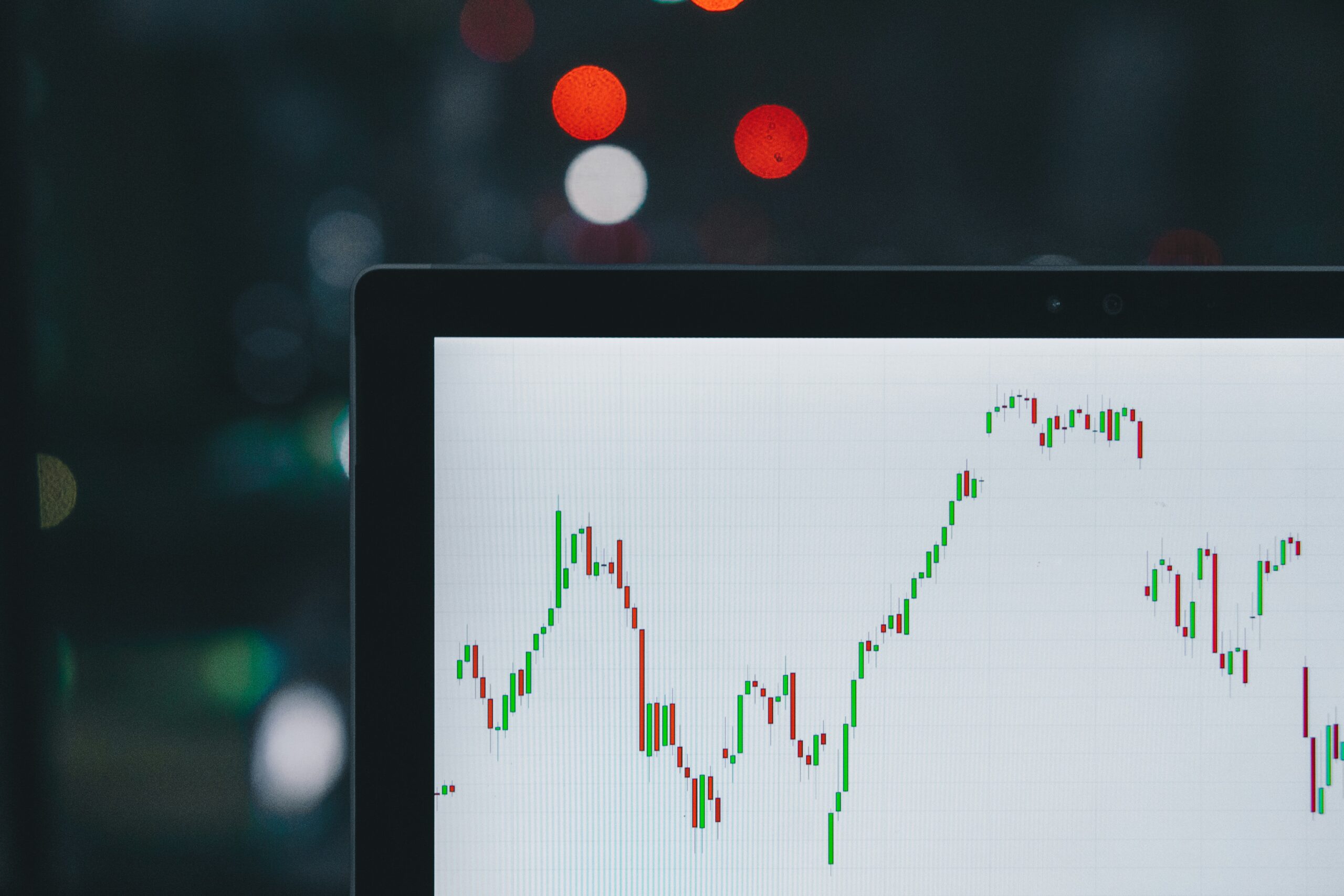
Introduction to Bitcoin and Traditional Markets
Bitcoin, the pioneering cryptocurrency, was introduced in 2009 by an anonymous entity known as Satoshi Nakamoto. It emerged in the wake of the 2008 financial crisis, driven by a desire for a decentralized and digital alternative to traditional currencies. Built on blockchain technology, Bitcoin allows for peer-to-peer transactions without the need for intermediaries such as banks. Its limited supply, capped at 21 million coins, distinguishes it from fiat currencies which can be printed in unlimited quantities by central banks.
In contrast, traditional markets encompass a range of financial instruments such as stocks, bonds, and commodities that are traded on regulated exchanges. These markets have a storied history, rooted in centuries of economic exchange and evolution. Traditional financial instruments are often subject to regulatory oversight, volatility, and influence from macroeconomic indicators, which makes them both predictable and susceptible to systemic risks. Investors typically perceive these markets as more stable and less speculative compared to cryptocurrencies.
More informationAnalyzing Invesco QQQ: Insights from Cornerstone Planning Group’s Position and Market TrendsThe juxtaposition of Bitcoin and traditional markets is critical for understanding the burgeoning relationship between digital assets and conventional finance. Historically, the two realms have exhibited distinct characteristics; while traditional markets are influenced by economic data, company performance, and geopolitical events, Bitcoin has often been seen as a speculative asset, reacting to investor sentiment and media narratives. However, recent trends indicate a potential shift, with Bitcoin increasingly being viewed as a digital asset that can coexist with traditional investments. Consequently, the correlation between Bitcoin and traditional markets is becoming an important area of study for investors and analysts alike, highlighting the need for comprehensive correlation analysis at new heights.
Understanding Correlation in Financial Markets
Correlation is a statistical measure that expresses the extent to which two variables move in relation to each other. In financial markets, understanding correlation is crucial for investors and analysts as it provides insight into how different asset classes behave under various market conditions. Correlation coefficients range from -1 to +1, where +1 indicates a perfect positive correlation (both assets move in the same direction), -1 denotes a perfect negative correlation (one asset moves up while the other moves down), and 0 indicates no correlation.
Positive correlation is significant as it suggests that assets may respond similarly to market events, while negative correlation can provide a hedge against risk. Investors often look for assets that are negatively correlated to balance their portfolios effectively. For instance, during economic downturns, stocks generally decline, while certain commodities like gold may thrive as investors seek safe havens. This dynamic highlights how diversification through negative correlations can mitigate overall risk.
More informationUnderstanding Bitwise’s 10-Crypto Index ETF Filing with the SECReal-world examples can further clarify the relationship between assets. The correlation between Bitcoin and traditional markets, especially during periods of high volatility, has garnered attention in recent years. As Bitcoin increasingly enters mainstream investment discussions, its correlation with equity markets has been observed to fluctuate. Earlier studies indicated a weak correlation, but more recent trends suggest that, in certain market conditions, Bitcoin can behave like a risk asset akin to stocks rather than an independent digital currency. The implications of these findings are significant, as they suggest that Bitcoin may not always offer the diversification benefits that investors previously anticipated.
Employing correlation analysis helps investors assess risk more effectively and make informed decisions regarding investment strategies. Understanding how Bitcoin and traditional markets interact can provide insights into potential market movements and investment opportunities.
Historical Correlation Trends Between Bitcoin and Traditional Assets
The analysis of historical correlation trends between Bitcoin and traditional markets reveals a complex relationship that evolves over time. Initially, Bitcoin was seen as an uncorrelated asset, often regarded as a hedge against traditional financial systems. However, various events in the financial markets have illustrated a shifting dynamic in the correlation between Bitcoin and conventional assets such as stocks, bonds, and commodities.
More informationCarvana Stock Analysis: Navigating Recent Events and Market TrendsIn the early years following Bitcoin’s inception, its price movements appeared largely independent of traditional market influences. This independence attracted a diverse set of investors, drawn by the potential for high returns unlinked to prevailing economic conditions. Nevertheless, significant market events, such as the 2008 financial crisis and the COVID-19 pandemic, brought about heightened co-movement patterns. During these crises, Bitcoin often demonstrated increased correlation with equities as investors sought liquidity and risk aversion prevailed across the globe. For instance, in March 2020, Bitcoin experienced substantial price declines in tandem with stock market sell-offs, suggesting a momentary shift towards a risk-off sentiment that influenced both asset classes.
Over different time frames, the correlation between Bitcoin and traditional assets has shown varying degrees of strength. For instance, periods of bullish sentiment in the crypto market have sometimes coincided with downturns in traditional markets, suggesting that while Bitcoin can behave like a safe haven during certain times, it can also become a risk asset in broader market downturns. Furthermore, quantum changes in market dynamics and regulatory developments have continually influenced these correlation patterns.
As researchers analyze Bitcoin vs traditional markets through correlation analysis at new heights, it becomes evident that this crypto asset is exceptionally sensitive to macroeconomic factors. Understanding these historical correlation trends is crucial for investors aiming to navigate the complexities of integrating Bitcoin into their portfolios alongside traditional assets.
More informationA Comprehensive Review of T. Rowe Price Roth IRA: Is It the Right Choice for You?Recent Developments and Current Correlation Metrics
In recent years, the financial landscape has undergone significant transformations, particularly concerning the relationship between Bitcoin and traditional markets. As digital currencies, led by Bitcoin, gain traction among investors and institutions, their correlation with established markets like equity and commodities has emerged as a critical area of analysis. Recent developments indicate a growing intertwining of these previously distinct financial spheres, influenced by various macroeconomic factors.
One notable trend is the increasing recognition of Bitcoin as a viable asset class by institutional investors. Major financial institutions have begun to incorporate Bitcoin into their portfolios, thereby impacting its correlation with traditional markets. For instance, data from 2023 indicates that Bitcoin’s correlation with the S&P 500 index has reached unprecedented levels, fluctuating between 0.4 and 0.7, reflecting a stronger relationship than observed in previous years. This illustrates how movements in the equity market increasingly influence Bitcoin price dynamics.
Additionally, geopolitical tensions and economic policies, such as interest rate adjustments by central banks, have contributed to the correlation metrics. The response of Bitcoin to market news, like regulatory developments and fiscal policies, signals a shift in investor sentiment, where Bitcoin is viewed not just as a speculative asset but also a hedge against inflation akin to commodities. Current correlation metrics have shown that Bitcoin often follows the movements of traditional markets during times of significant economic uncertainty, reflecting a risk-off sentiment among investors.
Moreover, the effects of global events, such as the COVID-19 pandemic, have prompted traders to reassess conventional correlations, leading to heightened volatility across both Bitcoin and traditional assets. As this relationship continues to evolve, ongoing monitoring of correlation metrics will be crucial for investors attempting to navigate the intricate landscape where Bitcoin and traditional markets intersect.
Factors Influencing Bitcoin’s Correlation with Traditional Markets
The correlation between Bitcoin and traditional markets has garnered significant attention, particularly as the cryptocurrency matures within the financial landscape. Various factors contribute to this dynamic relationship, reflecting the complex interplay between Bitcoin and conventional asset classes. Understanding these influences can provide deeper insights into market behavior and investment strategies.
Firstly, macroeconomic factors such as inflation rates, monetary policy, and economic growth play a crucial role. For instance, when traditional markets face uncertainty due to high inflation or tightening monetary policy, investors often seek refuge in alternative assets like Bitcoin. Consequently, this can lead to a heightened correlation between Bitcoin and stock markets as both exhibit similar reactions to economic stressors.
In addition to macroeconomic conditions, geopolitical events also shape investor sentiment and market behavior, further influencing correlations. Events such as trade wars, political instability, or global crises can lead to increased volatility in both Bitcoin and traditional financial instruments. As such, investors may react similarly across these asset classes, fostering a correlation that reflects broader risk aversion.
Another critical factor is investor behavior, particularly as the participant base for cryptocurrencies expands. As institutional investors increasingly include Bitcoin within their portfolios, the asset may react more similarly to traditional stocks and bonds. Their trading strategies and risk management approaches can enhance the correlation, especially during periods of market turbulence.
Market liquidity is equally significant. The liquidity of Bitcoin can affect its price fluctuations in response to trading activities in traditional markets. Higher liquidity typically leads to quicker reactions and adjustments, which can amplify correlations during times of market stress or heightened trading volumes.
In light of these factors, it is evident that the correlation between Bitcoin and traditional markets is influenced by a variety of elements. Understanding these dynamics can ultimately guide investors seeking to navigate the complexities of the financial landscape.
Impacts of Correlation on Investment Strategies
The correlation between Bitcoin and traditional markets has significant implications for investment strategies, affecting decision-making processes for both institutional and retail investors. Understanding this correlation is essential as it can influence portfolio diversification, risk management, and asset allocation approaches. Historically, Bitcoin has been viewed as a non-correlated asset; however, recent trends suggest a varying relationship with traditional equity and fixed-income markets.
For investors, recognizing the extent to which Bitcoin and traditional markets move in tandem is critical for effective portfolio diversification. A low correlation between asset classes, such as Bitcoin and typical assets like stocks or bonds, provides an opportunity to minimize risk while potentially enhancing returns. When one asset class experiences a downturn, an uncorrelated asset can stabilize the investment portfolio by maintaining value or even gaining in that period. Consequently, investors might consider incorporating Bitcoin into their portfolios to leverage its distinctive performance dynamics.
In terms of risk management, a careful analysis of the correlation helps in identifying systemic risks and mitigating potential losses. The increasing movement of Bitcoin with traditional markets necessitates a re-evaluation of risk tolerance levels and an adjustment of investment strategies accordingly. Moreover, understanding correlation data allows investors to anticipate market reactions, ultimately leading to better-informed decisions when it comes to timing entry and exit points.
Asset allocation is another critical area influenced by the correlation between Bitcoin and traditional markets. Investors may need to adjust their exposure to cryptocurrencies based on their analysis of market trends and historical data. A higher correlation could lead to reduced allocations to Bitcoin in favor of other traditional assets to maintain a balanced portfolio. Conversely, a decoupled correlation might encourage greater investment in Bitcoin, taking advantage of its potential returns without elevating overall risk.
In conclusion, the correlation analysis between Bitcoin and traditional markets provides actionable insights that can refine investment strategies. By understanding how these dynamics operate, investors can enhance their portfolio’s resilience and optimize their long-term investment outcomes.
Future Trends and Predictions for Bitcoin and Traditional Market Correlation
The relationship between Bitcoin and traditional markets is an evolving landscape, influenced by various factors including technological advancements, shifts in investor demographics, and changing market dynamics. As both Bitcoin and traditional asset classes become increasingly intertwined, speculating on future trends in their correlation becomes essential for investors and market analysts alike.
Technological advancements play a crucial role in how Bitcoin interacts with traditional markets. Increasing integration of blockchain technology within financial institutions could lead to more acceptance of cryptocurrencies as an asset class. As payment systems evolve, we might see enhanced transactional capabilities between Bitcoin and traditional assets, leading to a more stable correlation. Furthermore, innovations in trading platforms could enable more sophisticated trading strategies that incorporate both Bitcoin and traditional equities, thus reflecting a more collaborative relationship.
Another critical factor is the changing demographics of investors. As younger generations, who are generally more comfortable with digital currencies, enter the investment space, their preferences may significantly influence market dynamics. The increasing push for sustainable and socially responsible investing could also alter how both Bitcoin and traditional markets respond to socio-economic factors, potentially increasing correlation as investors seek holistic portfolios incorporating both asset types.
Market dynamics will continue to evolve as regulatory environments change, influencing investor behavior and institutional adoption. As regulators become more accepting of cryptocurrencies, we may witness institutional investment in Bitcoin increasing, enhancing its correlation with traditional markets. In turn, traditional assets may experience shifts due to the influence of crypto’s volatility and risk, ultimately shaping mutual market behavior.
In conclusion, the future correlation between Bitcoin and traditional markets will be shaped by a combination of technological growth, demographic shifts, and evolving market dynamics. As these trends continue to develop, investors should remain vigilant, adapting their strategies to navigate the complexities of these interconnected markets.
Conclusion: The Significance of Monitoring Correlation
Understanding the dynamics between Bitcoin and traditional markets is increasingly vital as financial landscapes continue to evolve. The correlation analysis between these two spheres offers significant insights for both investors and policymakers, allowing them to navigate an intricate interplay between digital currencies and conventional assets. An awareness of how Bitcoin’s value fluctuates in relation to traditional financial instruments, such as equities and bonds, can aid in risk assessment and portfolio diversification strategies.
For investors, the correlation between Bitcoin and traditional markets can serve as a compass in times of volatility. Identifying periods when Bitcoin operates independently from traditional assets—or becomes closely correlated—can illuminate potential investment opportunities or indicate increased market risks. By analyzing this relationship, investors can enhance their decision-making processes, aligning their strategies to leverage both Bitcoin’s price movements and the broader market trends. This practice fosters a more comprehensive investment approach, encompassing emerging assets in a diversified portfolio.
Policymakers also stand to benefit from understanding the correlation between Bitcoin and traditional markets. As the prominence of cryptocurrencies surges, recognizing how these digital assets influence or are influenced by conventional markets is essential for regulatory measures and economic stability. By monitoring the price behaviors and interdependencies, policymakers can devise strategies to mitigate potential financial shocks induced by rapid shifts in Bitcoin valuations.
In conclusion, consistently observing the correlation between Bitcoin and traditional markets is indispensable. As globalization and digital finance grow, the significance of this analysis will likely amplify, highlighting the need for ongoing scrutiny in a world where financial contexts are becoming increasingly intertwined. Investors and policymakers alike must remain vigilant in their monitoring efforts to adapt and thrive within this dynamic environment.
Call to Action: Staying Informed and Engaged
In the ever-evolving landscape of financial markets, maintaining an informed perspective is crucial, particularly in the context of Bitcoin vs traditional markets: correlation analysis at new heights. With the increasing interplay between digital assets and conventional financial systems, investors and enthusiasts must continuously gather insights to make educated decisions. To navigate this intricate environment, several resources are readily available to facilitate understanding of market trends and developments.
For timely updates, reputable news outlets such as CoinDesk, Bloomberg, and Reuters provide comprehensive coverage and expert analysis related to both Bitcoin and traditional assets. These platforms can help individuals stay abreast of regulatory changes, market sentiment, and significant events that could impact valuations and correlations. Engaging with these sources enables readers to grasp the nuances of the market dynamics influencing Bitcoin and how they relate to established financial institutions.
In addition to news media, analytical tools like TradingView and CryptoCompare offer in-depth data visualization and performance analytics. These platforms empower users to monitor price changes, evaluate correlation metrics, and examine historical trends, fostering a more informed understanding of how Bitcoin behaves in relation to traditional assets. Utilizing such tools can provide valuable insights into timing market engagement based on real-time analytics and historical performance metrics.
Moreover, joining online forums and discussion groups, such as those found on Reddit or specialized Discord channels, can provide a platform for exchanging insights and strategies with like-minded individuals. These communities foster constructive dialogue surrounding Bitcoin’s place within the broader financial ecosystem, encouraging participants to share experiences, interpretations, and forecasts. As the correlation between Bitcoin and traditional markets continues to evolve, remaining actively engaged and informed will be paramount for successful navigation of investment landscapes.
- US Open to Recognizing Crimea, Trump on Peace Proposal, More
- Trump on Peace Proposal, Trump Studying Removing Powell, More
- Dubai chocolate sparks pistachio shortage as TikTokers go nuts
- Wall Street slashes stock market forecasts amid Trump tariff fears
- UK must expand its Arctic military position, defence review to say




